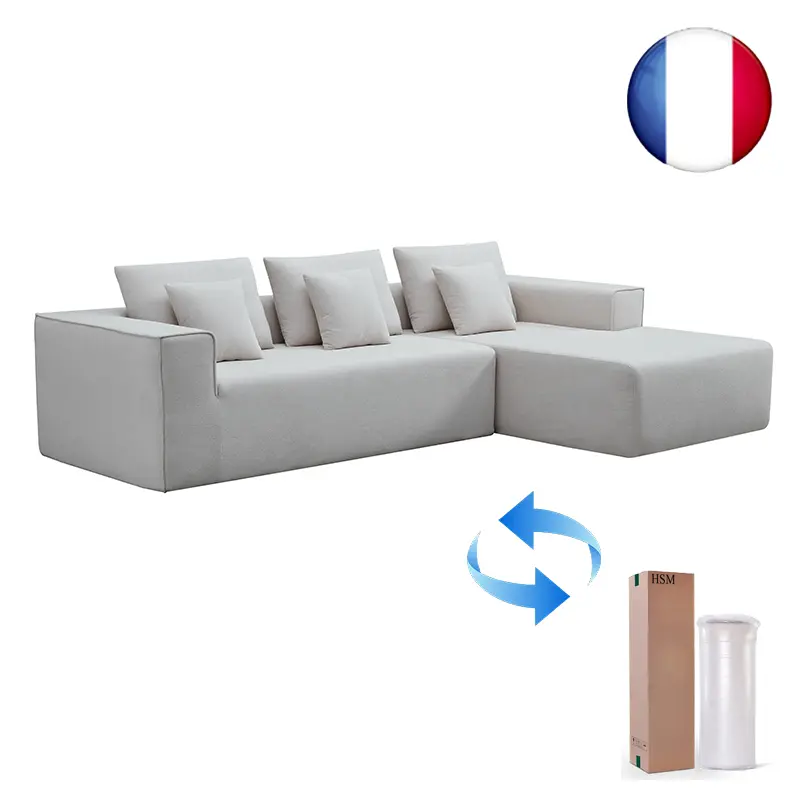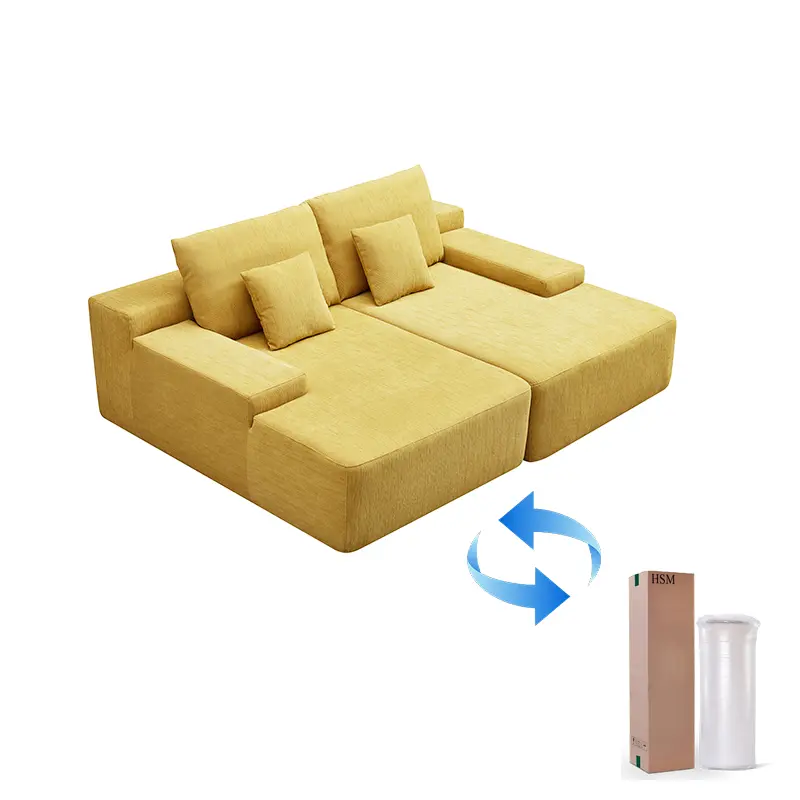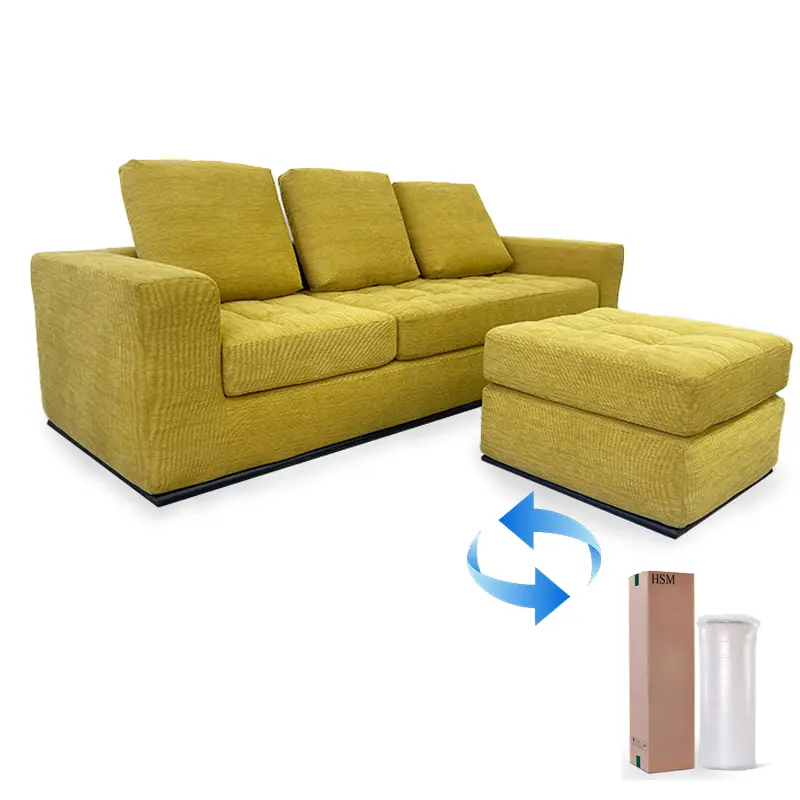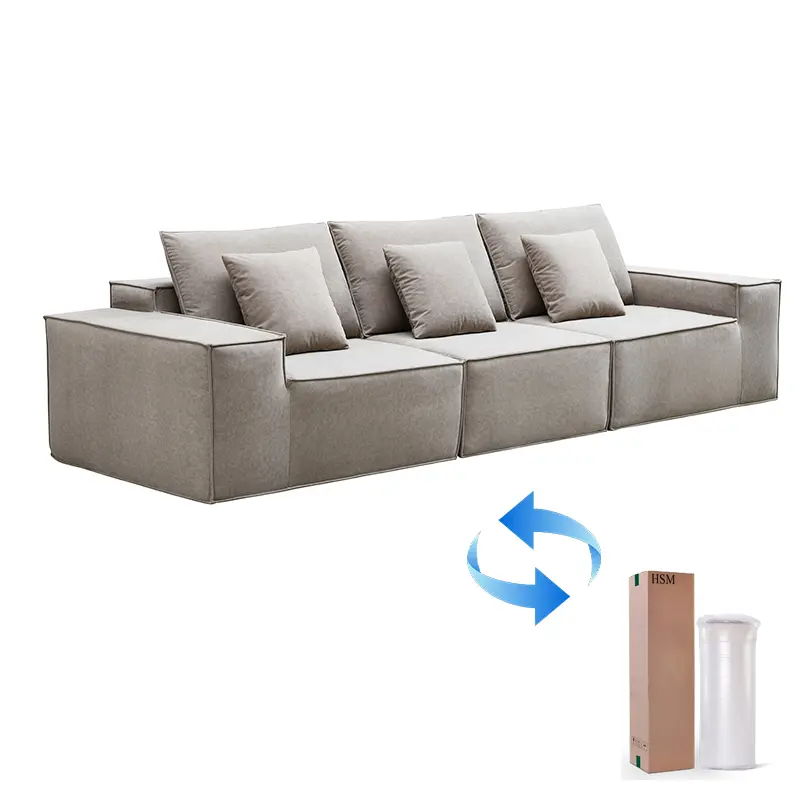How to Prevent Foam Discoloration in Sofas?
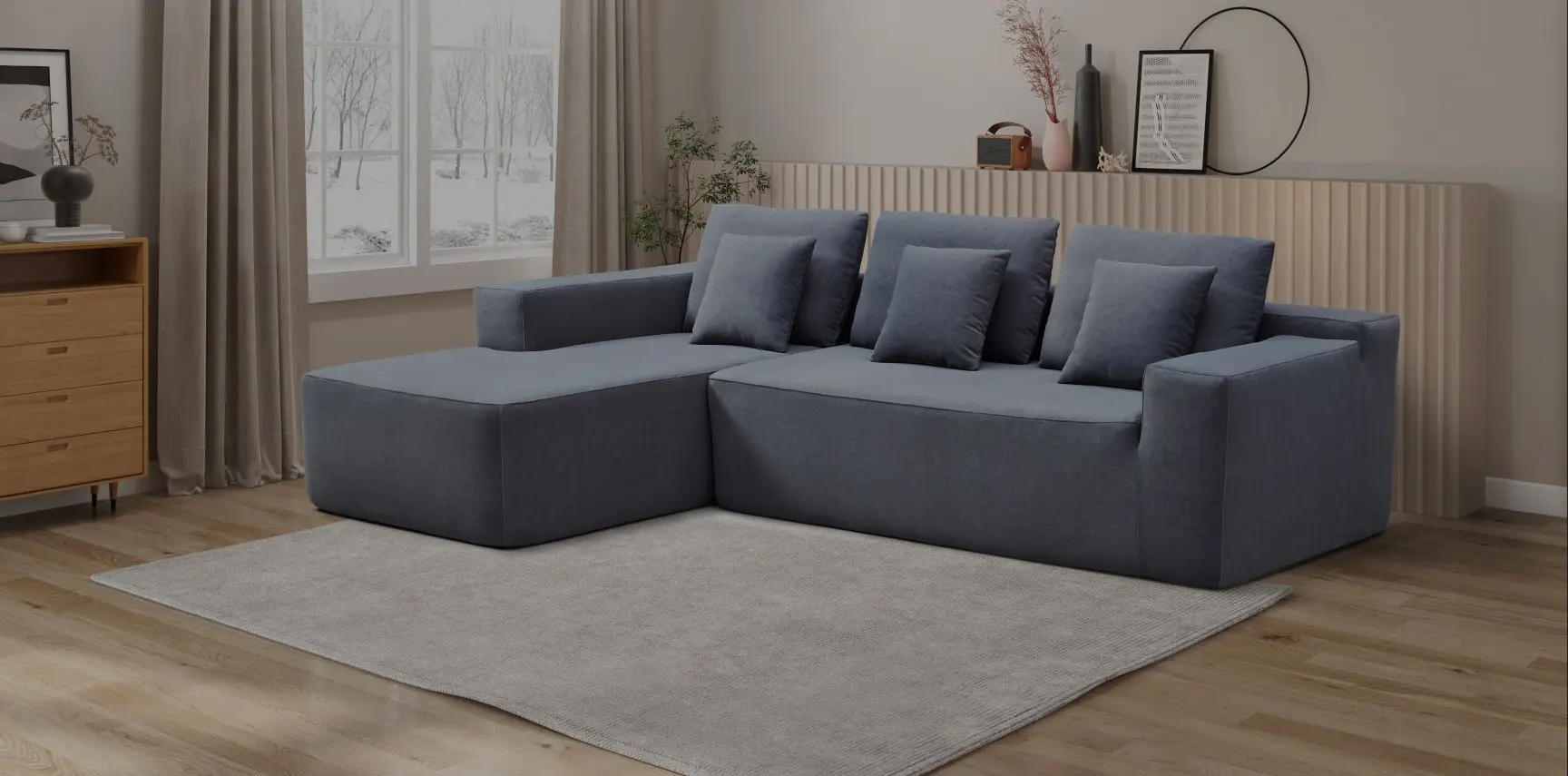
Foam discoloration is a common issue in sofas, especially those with polyurethane foam. Over time, exposure to light, heat, and humidity can cause the foam to turn yellow, affecting both aesthetics and durability.
To prevent foam discoloration in sofas, choose non-yellowing foam materials, use UV stabilizers, control environmental conditions, and follow proper cleaning and maintenance routines.
By taking proactive steps, you can keep Your Sofa foam looking fresh and extend its lifespan.
Why Does Sofa Foam Turn Yellow?
Have you ever noticed your Sofa Cushions turning yellow over time? This discoloration is a natural process but can be slowed down with the right preventive measures.
Sofa foam turns yellow due to oxidation, UV exposure, and humidity. The chemical composition of polyurethane foam reacts with oxygen and light, leading to discoloration over time.
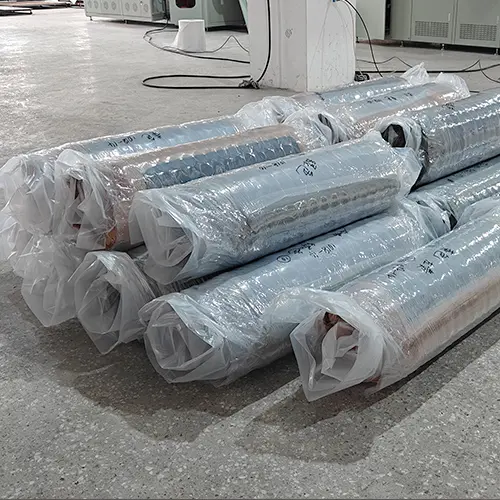
Causes of Foam Discoloration
| Cause | Explanation |
|---|---|
| Oxidation | Oxygen reacts with foam components, leading to yellowing. |
| UV Exposure | Sunlight and artificial light accelerate chemical breakdown. |
| Heat & Humidity | High temperatures and moisture speed up oxidation. |
| Chemical Reactions | Contact with harsh cleaners and pollutants can stain foam. |
How to Choose the Right Foam Material?
The type of foam used in your sofa plays a significant role in its resistance to discoloration. If you’re purchasing a new sofa or replacing cushions, material selection is key.
Opt for foam made from non-yellowing aliphatic isocyanates like IPDI, HDI, or HMDI, as they are more stable and resistant to discoloration.
Key Features of Non-Yellowing Foam
- Aliphatic Isocyanates: More stable and resistant to yellowing.
- UV-Stabilized Polyurethane: Reduces the impact of sunlight exposure.
- High-Density Foam: Denser foam structures minimize oxidation effects.
If replacing foam, ask manufacturers about their foam composition and whether it contains UV stabilizers or antioxidant additives.
What Are the Best Additives to Prevent Foam Yellowing?
Even with high-quality foam, additional stabilizers can help prevent yellowing over time. Manufacturers often include certain additives to enhance foam longevity.
Incorporate UV stabilizers, antioxidants, and heat stabilizers into the foam formulation to slow down oxidation and UV damage.
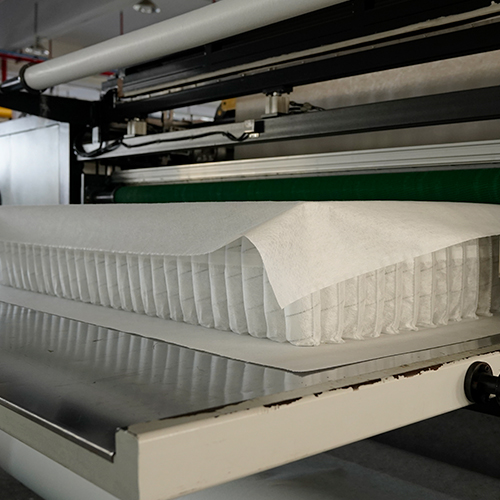
Recommended Foam Additives
| Additive | Purpose |
|---|---|
| UV Stabilizers | Protect against sunlight damage. |
| Antioxidants | Slow down oxidation reactions. |
| Heat Stabilizers | Prevent yellowing caused by high temperatures. |
If your sofa does not already contain these stabilizers, consider using fabric covers or sprays that offer similar protective benefits.
How to Store and Position Your Sofa to Reduce Discoloration?
Your sofa’s placement and storage conditions can significantly impact the rate of foam discoloration. Proper environmental control is essential.
Keep your sofa away from direct sunlight, store it in a cool, dry place, and maintain moderate humidity levels to prevent foam from turning yellow.

Best Practices for Sofa Placement
- Avoid Direct Sunlight: Position the sofa away from windows or use UV-filtering curtains.
- Control Room Temperature: Keep the room temperature between 18-25°C (64-77°F).
- Maintain Humidity Levels: Use a dehumidifier to prevent moisture buildup.
- Use Protective Covers: Fabric covers or slipcovers provide an extra barrier against light exposure.
If storing cushions for an extended period, place them in breathable fabric covers and store them in a dark, temperature-controlled area.
How to Clean and Maintain Sofa Foam Properly?
Cleaning mistakes can accelerate foam discoloration. Using the wrong products or exposing foam to excessive moisture can speed up oxidation.
Clean the sofa regularly using mild detergents, avoid harsh chemicals, and keep the foam dry to prevent discoloration.
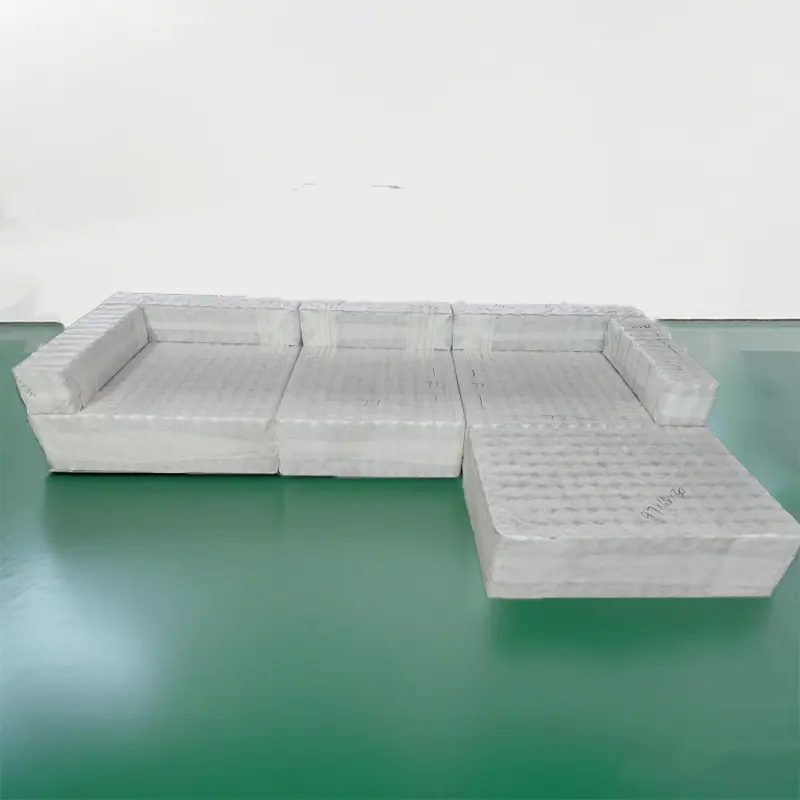
Cleaning Do’s and Don’ts
✅ Vacuum weekly to remove dust buildup.
✅ Use mild detergent and a soft cloth for stains.
✅ Blot spills immediately to prevent moisture absorption.
✅ Apply fabric protectors to shield against contaminants.
❌ Avoid bleach and other harsh chemicals.
❌ Do not oversaturate the foam with water.
❌ Avoid direct heat drying, as high temperatures can worsen oxidation.
Regularly inspect your sofa for early signs of yellowing, and if needed, apply fabric-safe UV protectant sprays.
Conclusion
Foam discoloration in sofas is inevitable over time but can be minimized with the right precautions. By selecting high-quality foam, using protective additives, controlling environmental exposure, and following a proper maintenance routine, you can keep your sofa foam looking fresh for years.








